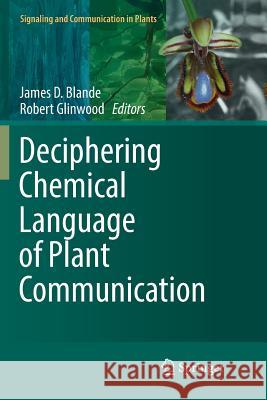Deciphering Chemical Language of Plant Communication » książka
topmenu
Deciphering Chemical Language of Plant Communication
ISBN-13: 9783319815305 / Angielski / Miękka / 2018 / 326 str.
Deciphering Chemical Language of Plant Communication
ISBN-13: 9783319815305 / Angielski / Miękka / 2018 / 326 str.
cena 858,01 zł
(netto: 817,15 VAT: 5%)
Najniższa cena z 30 dni: 848,19 zł
(netto: 817,15 VAT: 5%)
Najniższa cena z 30 dni: 848,19 zł
Termin realizacji zamówienia:
ok. 20 dni roboczych.
ok. 20 dni roboczych.
Darmowa dostawa!
Kategorie:
Wydawca:
Springer
Seria wydawnicza:
Język:
Angielski
ISBN-13:
9783319815305
Rok wydania:
2018
Wydanie:
Softcover Repri
Ilość stron:
326
Waga:
0.47 kg
Wymiary:
23.39 x 15.6 x 1.78
Oprawa:
Miękka
Wolumenów:
01
Dodatkowe informacje:
Wydanie ilustrowane











